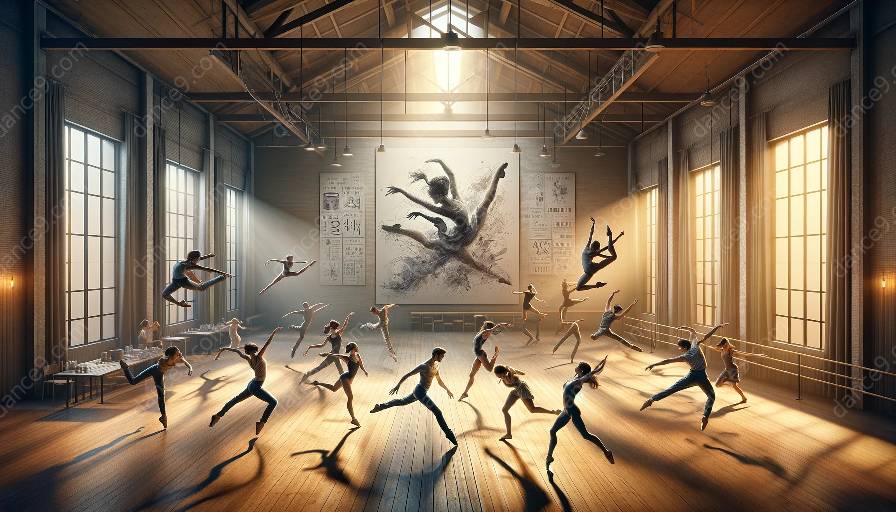Dance, as a form of expression, is deeply intertwined with notions of gender and identity. Choreographic techniques, the methods by which dance is created and structured, often reflect and contribute to societal conceptions of gender and identity. Understanding the implications of gender and identity in choreographic techniques is essential for choreographers, dancers, and audiences alike. This topic cluster aims to explore the multifaceted relationship between gender, identity, and choreography, delving into how these factors influence the creation and perception of dance.
Choreographic Techniques and Gender
Gender plays a significant role in choreographic techniques and how movement is conceptualized and executed. Historically, dance forms have been categorized as either masculine or feminine, with distinct techniques and movement vocabularies associated with each. However, contemporary choreographers are challenging and subverting these traditional gender norms, creating works that defy stereotypical gender expectations.
Physicality and Gender
Choreographic techniques often reflect societal norms regarding physicality and gender. Traditional ballet, for example, has long upheld a binary understanding of gender, with specific movements and postures associated with masculinity and femininity. However, contemporary choreographers are incorporating diverse physical expressions that disrupt these established gender boundaries, creating a more inclusive and expansive dance vocabulary.
Gendered Partnering and Lifts
Partnering and lifts in choreography have historically been gendered, with male dancers typically serving as lifts and female dancers as the lifted. This traditional approach reinforces gendered power dynamics and hierarchical structures. Modern choreographers are reimagining partnering techniques to provide more equitable and varied opportunities for dancers, irrespective of their gender.
Identity and Its Influence on Choreography
Identity, encompassing aspects such as race, ethnicity, sexuality, and individuality, profoundly impacts choreographic techniques and the creation of movement. Choreographers draw from their own identities and lived experiences to inform their work, resulting in diverse and culturally rich choreographic expressions.
Cultural Identity and Movement Vocabulary
Choreographic techniques are deeply influenced by the cultural identities of the choreographers and dancers involved. Different cultural backgrounds bring forth unique movement vocabularies and styles, enriching the choreographic landscape with diverse influences and perspectives.
Social and Political Commentary
Identity-based choreography often serves as a platform for social and political commentary. Choreographers use their work to address and dismantle systemic injustices, advocate for marginalized communities, and challenge prevailing societal narratives related to identity and belonging.
Reclaiming and Rethinking Choreographic Techniques
Amidst ongoing conversations about gender and identity, choreographers are reclaiming and rethinking traditional choreographic techniques, prioritizing inclusivity, diversity, and equity. This paradigm shift is driving a more expansive, holistic, and representative approach to choreography that celebrates the richness of human experience.
Intersectionality in Choreography
Intersectionality, which acknowledges the interconnected nature of social categorizations such as race, class, and gender, is increasingly shaping choreographic techniques. Choreographers are consciously incorporating intersectional frameworks into their work, reflecting the layered and complex experiences of individuals within their movements and narratives.
Embracing Fluidity and Plurality
Choreographic techniques are evolving to embrace fluidity and plurality in movement, disrupting fixed notions of gender and identity. Choreographers are creating non-binary movement vocabularies and exploring the nuanced, ever-changing nature of identity through a multidimensional choreographic lens.
Conclusion
The implications of gender and identity in choreographic techniques are profound, shaping the creative process and the ways in which dance is experienced and understood. By critically examining and embracing these implications, choreographers and dancers can contribute to a more inclusive and expansive dance landscape, one that honors the rich diversity of human expression and experience. This exploration of gender and identity in choreography offers an important lens through which to understand and appreciate the art of dance in its myriad forms.






































